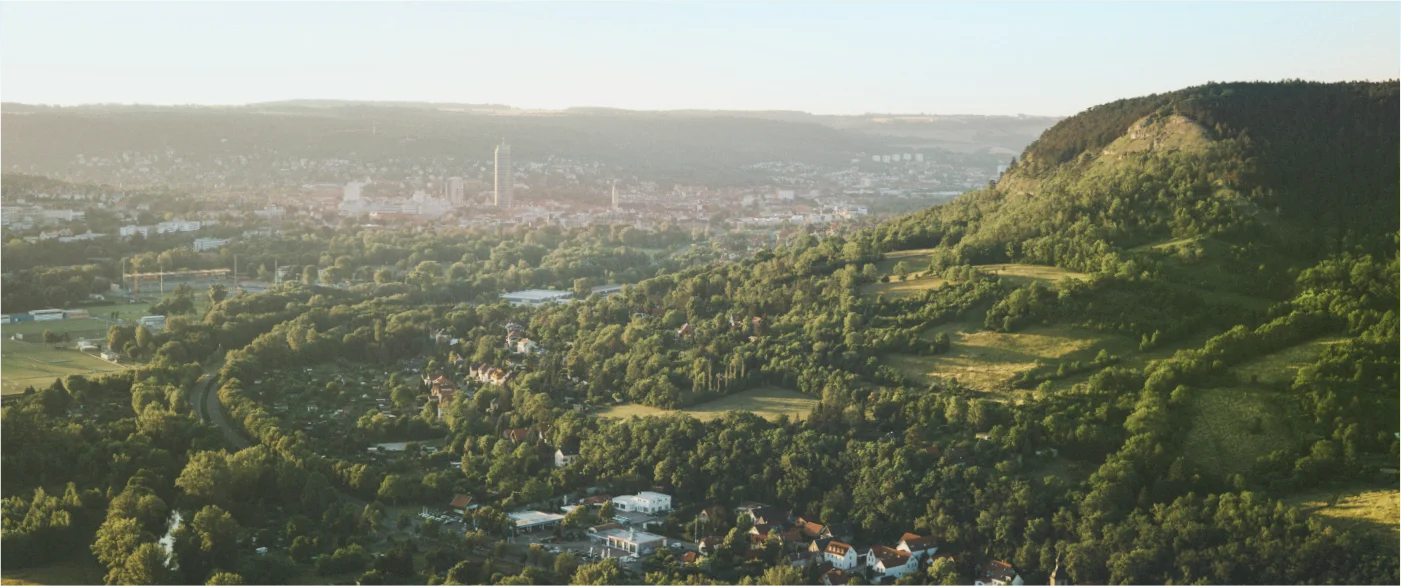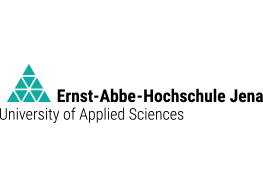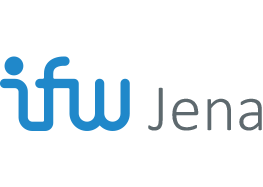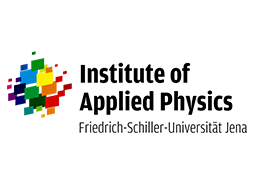Keynotes 2024
Democratization of Laser Technology:
A Journey of Unlimited Opportunities.
Dr. Ulrike Fuchs asphericon
A Journey of Unlimited Opportunities.
Dr. Ulrike Fuchs asphericon
A paradigm shift is underway in laser technology, marked by the democratization of light. This shift aims to empower individuals beyond expert circles, offering the capability to shape and utilize light according to unique requirements. The talk delves into the evolution of laser technology, emphasizing its transformation from a specialized field to a ubiquitous tool across various industries, particularly in laser cutting, welding, and surface structuring. Central to this evolution is the concept of democratization, which hinges on enhancing accessibility through simplicity, adaptability, and performance.
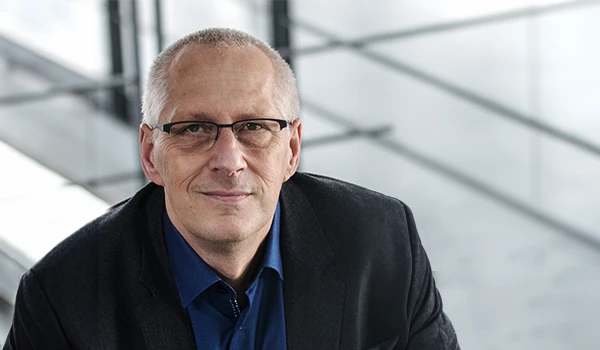
Laser applications for sustainable electrical energy storage and converters
Dr. Jens Standfuß Fraunhofer IWS
Dr. Jens Standfuß Fraunhofer IWS
Laser applications play a crucial role in optimizing and advancing technologies that are of great importance for a sustainable energy future. The presentation describes the use of laser applications in batteries, fuel cells, transformers, and electric motors with a focus on material properties.
In the field of battery technology, lasers enable precise machining of electrode materials to improve performance and capacity. This contributes to the development of efficient energy storage solutions that are essential for expanding renewable energy and electrifying the transportation sector. In fuel cells, laser applications allow for precise machining of membranes and electrodes to increase efficiency and durability. This supports the realization of clean and emission-free energy systems, providing an alternative solution to conventional power generation. Laser applications are also used in transformers and electric motors to reduce electrical losses, improving performance and efficiency. This supports the development of energy-efficient systems. Through further development and application of laser applications, the next generations of batteries, fuel cells, transformers, and electric motors can be designed, making a significant contribution to addressing the challenges of climate change and resource scarcity.
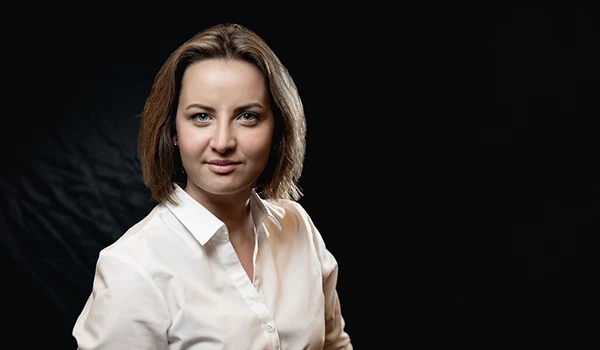
Laser Industry from Lithuania
Kristina Ananiciene Lithuanian Laser Association
Kristina Ananiciene Lithuanian Laser Association
The laser industry in Lithuania has rapidly evolved into a key player in the global photonics market. This sector showcases notable strengths in optics, ultrafast lasers, and laser systems integration. Collaborative efforts between academia, research institutes, and industry have driven significant advancements in laser-based manufacturing, scientific and medical applications, semicon, defence and more. Despite challenges, ongoing strategic initiatives aim to sustain Lithuania’s competitive edge and foster continued innovation within the laser industry.
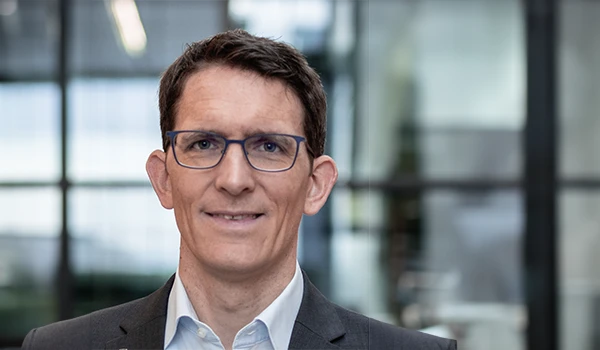
TRUMPF Laser Amplifier –
The high power laser source for EUV lithography
Dr. Michael Kösters TRUMPF
The high power laser source for EUV lithography
Dr. Michael Kösters TRUMPF
EUV lithography is the most advanced lithography technique used in the semiconductor industry allowing mass production of high performance microchips with low energy consumption. The light source behind this technology is a laser-produced plasma (LPP): the TRUMPF Laser Amplifier, an extremely powerful laser with an average power of 30 kW at roughly 100 ns pulse length, shoots at small metal droplets at a rate of 50 kHz converting the droplets into a highly-energetic plasma, which emits light at 13.5 nm wavelength. This extreme ultraviolet light (EUV light) is used to image the chip mask onto the waver with features as small as a few nanometer. In this talk, we give insights into which extremely challenging requirements we are facing in this application and how the TRUMPF laser amplifier is capable of fulfilling them.
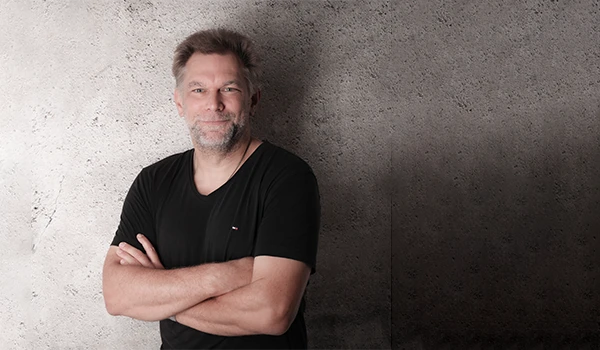
Industrialization of Additive Manufacturing (AM)
Prof. Ingomar Kelbassa Fraunhofer IAPT
Prof. Ingomar Kelbassa Fraunhofer IAPT
The presentation will be addressing all aspects in terms of Industrialization of AM along the AM manufacturing route – from Design to the finished part, end2end. Special foci will be spent on virtualization, new process approaches, finish machining and quality assurance. Success stories from industry – machine OEMs as well as end users – will be completing the presentation.
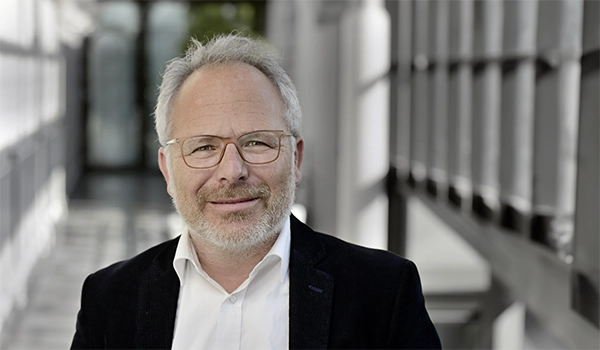
Laser Inertial Fusion – Critical Advancement for Germany’s Optics and Laser Sectors
Dr. Jochen Stollenwerk Fraunhofer ILT
Dr. Jochen Stollenwerk Fraunhofer ILT
With the world’s first time ever ignition of a burning plasma through inertial confinement of a dense plasma, fusion energy has garnered global attention. Plasma confinement and ignition were driven by the world’s largest and most energetic laser in this experiment: the National Ignition Facility in the United States.
Germany, recognized for its leadership in basic research on magnetic fusion plasmas, has not been particularly active in ICF fusion research over the past two decades. However, the German photonics and engineering sectors have played a significant role in providing key components for high energy lasers, and provided materials, targets, precision instrumentation, electronics, and optical technologies to leading fusion experiments worldwide. Additionally, German research institutions maintain a high level of expertise in essential technologies for laser fusion, as well as in shared technologies between magnetic fusion energy (MFE) and inertial fusion energy (IFE), such as research in fuel cycle or reactor materials.
Germany is strategically prioritizing the long-term adoption of fusion technology, given the robust foundation of this technology. This initiative is positioned alongside other renewable energy sources like solar and wind. The focus on fusion technology highlights the necessity for continuous research and development in these critical technological areas to maintain and advance Germany’s leadership in high-tech technologies and the energy sector.
This presentation will provide an introduction to Laser Inertial Fusion Energy, offer insights into current research from an international and specifically German viewpoint, and identify opportunities within the laser and optics industry.
Opening
Anke Siegmeier and Jens Bliedtner | Welcome
H.E. Mr. Giedrius Puodžiūnas | Ambassador of Lithuania
Torsten Scheller | JENOPTIK
KEYNOTE Laser industry from Lithuania
Kristina Ananičienė ·
LITEK™·
Session 1A
Laser welding
Andreas Patschger ·
Moderation·
Direct ultrafast laser welding of transparent to non-transparent materials
Markus Blothe ·
Friedrich Schiller University Jena·
Welding of ceramics using ultrashort pulse lasers
Daniel Conrad ·
Günter Köhler Institute for Joining Technology and Materials Testing·
Handheld laser welding – systems, applications and safe usage
Simon Jahn ·
Günter Köhler Institute for Joining Technology and Materials Testing ·
Session 1B
Advanced laser coatings and optics
Svenja Hübner ·
Moderation·
Highly absorptive coatings for laser components
Mehri Hashemzadeh ·
INNOVENT Technologieentwicklung Jena·
PARMS coating technology for UV to IR laser applications
Aliaksandr Myslivets ·
I‑Photonics ·
IBS optics for high-capacity laser processing
Martynas Adomaitis ·
OPTOMAN·
Opening of the exhibition & short pitches
Lunch
KEYNOTE Democratization of laser technology: A journey of unlimited opportunities
Ulrike Fuchs ·
asphericon·
KEYNOTE Laser applications for sustainable electrical energy storage and converters
Jens Standfuß ·
Fraunhofer IWS·
Coffee break & exhibition
Session 2A
Optics and beam shaping
Jens Bliedtner ·
Moderation·
Tailored refractive diffusers for broadband beam shaping
Matthias Kraus ·
ZEISS·
Combining freeform optics and zwobbel technology for line structuring of large substrates with ultrashort pulsed 2μm lasers
Ulrike Fuchs ·
asphericon·
Manufacturing and assembly of a High-Finesse Cavity
Thomas Burkhardt ·
LAYERTEC·
Minimisation of process times in high-quality laser cutting through dynamic beam shaping in propagation direction
Stefan Ulrich ·
Robust AO·
Session 2B
Ultrashort pulse laser processing
Alexander Horn ·
Moderation·
Ultrafast laser processing on large surfaces- machine concepts applications
Stephan Eifel ·
Pulsar Photonics·
High strength micro-welded glass
Jens Ulrich Thomas ·
SCHOTT ·
Structured metal coatings on glass enabled by ultrashort laser processes
Felix Dreisow ·
SCHOTT ·
Customized edge cutting of display glasses from structured ultrashort laser pulses
Malte Kumkar ·
TRUMPF Laser ·
Postersession & networking
Evening event
KEYNOTE Laser inertial fusion – Critical advancement for Germany’s optics and laser sectors
Jochen Stollenwerk ·
Fraunhofer ILT·
KEYNOTE TRUMPF Laser amplifier – The high power laser source for EUV lithography
Michael Kösters ·
TRUMPF ·
Session 3A
Ultrafast lasers
Stefan Nolte ·
Moderation·
Industrial-grade 2‑μm ultrafast fiber CPA for silicon processing
Tino Eidam ·
Active Fiber Systems ·
Industrial ultrafast kW-class lasers above 10 mJ enabled by thin-disk multipass amplifier
Malte Kumkar ·
TRUMPF Laser ·
Highly efficient, high-power thulium-doped fiber laser systems
Mathias Lenski ·
Friedrich Schiller University Jena·
Session 3B
Laser processing of advanced materials
Jens Bliedtner ·
Moderation·
SiC high-tech ceramics – laser procedures in comparison
Christian Rochholz ·
LCP Laser-Cut-Processing·
Laser swelling induced freeform microlenses in polymers
Thomas Höche ·
Fraunhofer IMWS·
Dielectric material processing with ultra-short pulses
Mantvydas Jašinskas ·
EKSPLA·
Lunch, exhibition and networking
Advanced laser technologies
Femtoseconds. Creating new possibilities ·
Christian Hellwig ·
LIGHT CONVERSION·
KEYNOTE Industrialization of additive manufacturing (AM)
Ingomar Kelbassa ·
Fraunhofer IAPT·
Coffee break & exhibition
Session 4A
Additive manufacturing
Andreas Patschger ·
Moderation·
Design criteria for functionalizing 3D printed aluminium components by integrating sensors during the manufacturing process
Andy Schönherr ·
University of Technology Chemnitz·
Design and fabrication of a TPMS-based micro heat exchanger via micro selective laser melting
Florian Heinrich ·
University of Applied Sciences Mittweida·
Additive manufacturing of pure molybdenum utilizing ultra-short laser pulses
Hagen P. Kohl ·
Friedrich Schiller University Jena·
Influencing factors on the creation of subsurface damages during ultrashort pulse laser machining of glass
Samson Frank ·
University of Applied Sciences Jena ·
Session 4B
Metrology and characterization in laser processing
Svenja Hübner ·
Moderation·
Laser assisted analytical depth profiling (LAADP) – an innovative method for high-precision analysis laser assisted analytical depth
Niklas Berger ·
Institut für Oberflächen- und Schichttechnik·
Classification of surface structures in ultrashort pulse laser processing using machine learning based on light microscopic images
Robert Thomas ·
University of Rostock·
Multi-sensor conception for process monitoring in laser welding with beam oscillation
Linda Ullmann ·
Fraunhofer IWS·
Predictable laser material processing by combining ultrafast metrologies with modeling
Alexander Horn ·
University of Applied Sciences Mittweida·
Poster award & closing
Session 1A
Andreas Patschger ·
Moderation·
Evening event
Session 1B
Svenja Hübner ·
Moderation·
KEYNOTE Laser industry from Lithuania
Kristina Ananičienė ·
LITEK™·
Session 2A
Jens Bliedtner ·
Moderation·
Opening
Session 2B
Alexander Horn ·
Moderation·
KEYNOTE Democratization of laser technology: A journey of unlimited opportunities
Ulrike Fuchs ·
asphericon·
Das Programm für 2024 präsentieren wir, nachdem alle Abstracts eingegangen sind
Schauen Sie gerne auf das Programm der 13. Lasertagung 2022.
Senden Sie uns bis 29.4.2024 Ihren Abstract oder melden Sie sich als Teilnehmer an.
Session 3A
Stefan Nolte ·
Moderation·
Programmnotiz
Wir haben sehr viele Abstracts für die #JLT14 bekommen und stellen zur Zeit die Sessions zusammen. In wenigen Tagen finden Sie hier das vollständige Programm. Gerne können Sie sich bereits zur Veranstaltung anmelden, Aussteller werden oder uns als Sponsor unterstützen.
